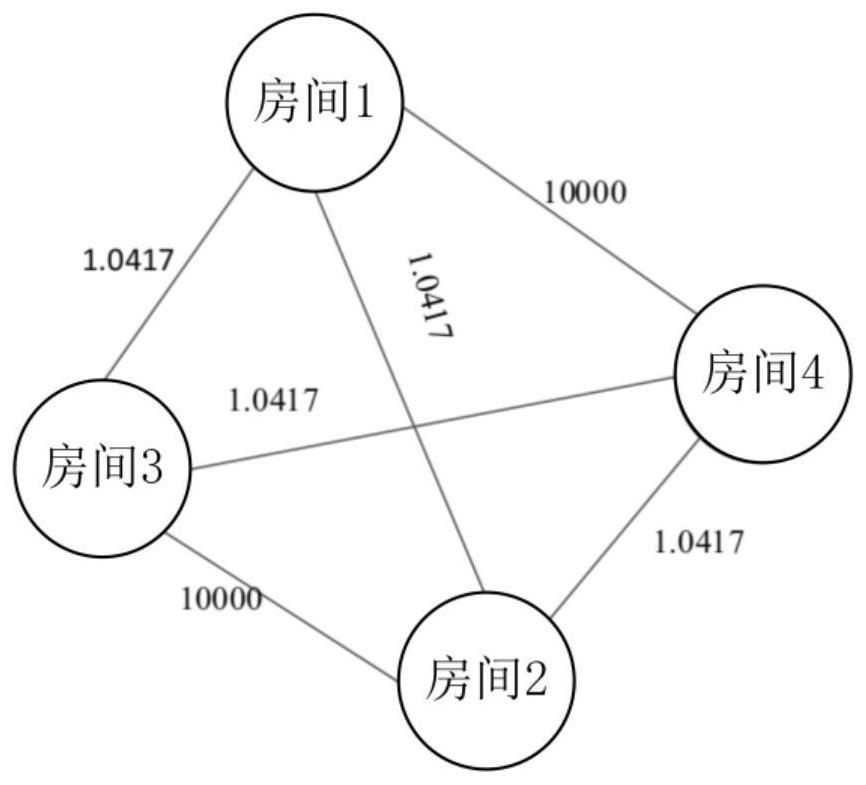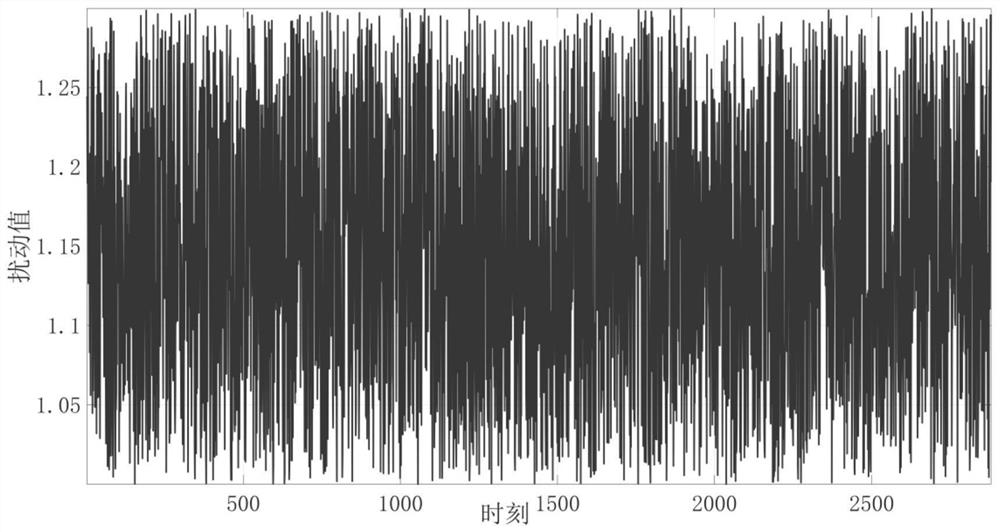Distributed model-free self-adaptive control technology for indoor heating, ventilation and air conditioning of building
A model-free adaptive, HVAC technology, applied in the direction of adaptive control, general control system, control/regulation system, etc., can solve the problem of control performance degradation and achieve the effect of improving control performance
- Summary
- Abstract
- Description
- Claims
- Application Information
AI Technical Summary
Problems solved by technology
Method used
Image
Examples
Embodiment Construction
[0037] In order to better illustrate the purpose and advantages of the present invention, the content of the invention will be described in further detail below in conjunction with the embodiments and corresponding drawings.
[0038] Step S1: Establish the dynamic model of multi-zone HVAC, write it in matrix form and then discretize it.
[0039] Specifically, the following temperature dynamics model in a single room is established:
[0040]
[0041] It can be seen from the model that each room affects each other and has a complex topological relationship. External disturbances also increase the uncertainty of the system. The temperature dynamics model of each room can be written as:
[0042]
[0043] For the convenience of representation, it is expressed as a matrix and discretized:
[0044] T(t+1)=(I+ΔtC - R)T(t)+ΔtC - U(t)+ΔtC - ω(t) (a3)
[0045] Among them, T(t)=[T 1 (t),T 2 (t),...T z (t)] T , each element in the vector represents the temperature of each ...
PUM
 Login to View More
Login to View More Abstract
Description
Claims
Application Information
 Login to View More
Login to View More - R&D
- Intellectual Property
- Life Sciences
- Materials
- Tech Scout
- Unparalleled Data Quality
- Higher Quality Content
- 60% Fewer Hallucinations
Browse by: Latest US Patents, China's latest patents, Technical Efficacy Thesaurus, Application Domain, Technology Topic, Popular Technical Reports.
© 2025 PatSnap. All rights reserved.Legal|Privacy policy|Modern Slavery Act Transparency Statement|Sitemap|About US| Contact US: help@patsnap.com



